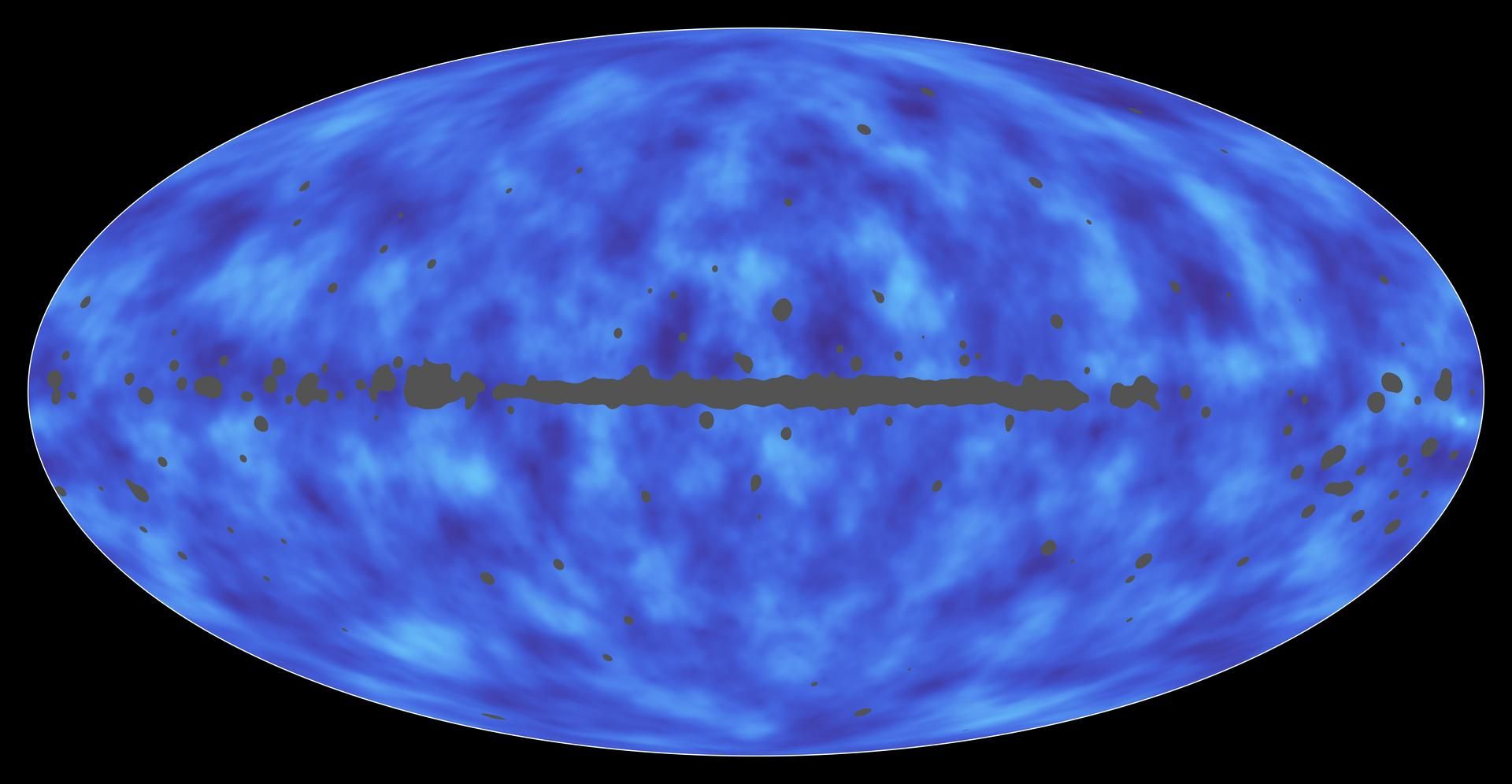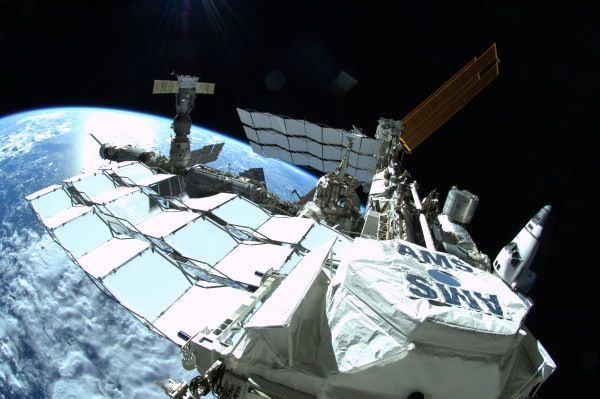


The European laboratory CERN hosts several experiments to ascertain the properties of antimatter particles, which almost never survive in our matter-dominated world. Antimatter will probably continue to puzzle and inspire, both scientists and people in the entertainment industry, for many years to come.What do shrimp, tennis balls and pulsars all have in common? They are all made from matter.Īdmittedly, that answer is a cop-out, but it highlights a big, persistent quandary for scientists: Why is everything made from matter when there is a perfectly good substitute-antimatter? Add to this that trapping antimatter is also very inefficient, “we would lose 99 percent, so that is very dangerous.” Peitzmann helps us to conclude that the 'fiction' in science fiction prevails once again. To store 1 mg of antimatter we would need a sphere of 24m in diameter. The world record is the storage of a single antiproton for 57 days. We would need huge machines and installations to store a very small part. Peitzmann puts this amount in perspective: “the total world production of antimatter isn't close to 1 mg, we have produced not even 0.0001 mg so far.”Įven if we were able to produce antimatter in higher quantities, we would not be able to store it. About 1 mg of antimatter corresponds to 50 tons of TNT.

This means it can function as an explosive. Energy stored in antimatter is much higher than in anything else, 100 times higher than fusion fuel.

You always need more energy to produce the anti-matter than you gain from it”. It can never be a solution for our general energy problem. Are these scenarios in any way possible or realistic? Peitzmann took the time to discuss this: “Antimatter is very hard to produce. And Dan Brown describes how the ultimate bomb in his book 'Angels and Demons' is made of antimatter. In Star Trek it is used to propel space ships.
Antimatter stars movie#
While scientist all over the world are racking their brains over the true nature of antimatter, writers and movie directors are eager to use the mysterious antimatter in their science fiction stories. “We were excited to do this in the first place, but so far we have not yet found a satisfying explanation for the antimatter mystery.” Peitzmann and his team have to keep analyzing data and searching for answers. The scientists are looking for clues, how is an antimatter particle different from a matter particle? That might explain why the antimatter is missing. Using a powerful particle accelerator, matter and antimatter particles are produced and data is generated. Researchers mimicking the Big Bang in the lab, “we call it the Little Bang”, says Peitzmann. But where did all the antimatter go? Why is the universe we observe not symmetrical? At CERN antimatter particles are produced to study the state of the universe a few microseconds after the Big Bang. No stars, no planets, no animals and humans… If there would have been an equal amount of antimatter and matter there would be nothing. And we should be happy about this, because when antimatter meets matter they annihilate both. Yet there is very little found of this so called 'antimatter' in the universe. In theory every particle was created alongside an anti-particle. Missing antimatterĪ good place to start the quest is the Big Bang. In the lectureseries 'Breaking Beta' he explained what we know, what we don't know, and how he and his colleagues study something that is missing. He is trying to answer some of the probing questions surrounding antimatter. Peitzmann (Physics, UU) works at CERN, the European Organization for Nuclear Research. In reality scientists are mystified as to why there is so little found of this strange material in the universe. Antimatter is the key element in several science fiction scenarios. Use it to travel faster than light, make the ultimate bomb or generate an enormous amount of energy.


 0 kommentar(er)
0 kommentar(er)
